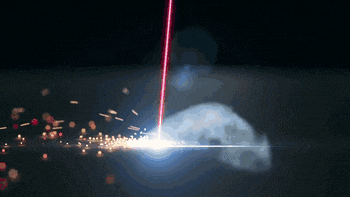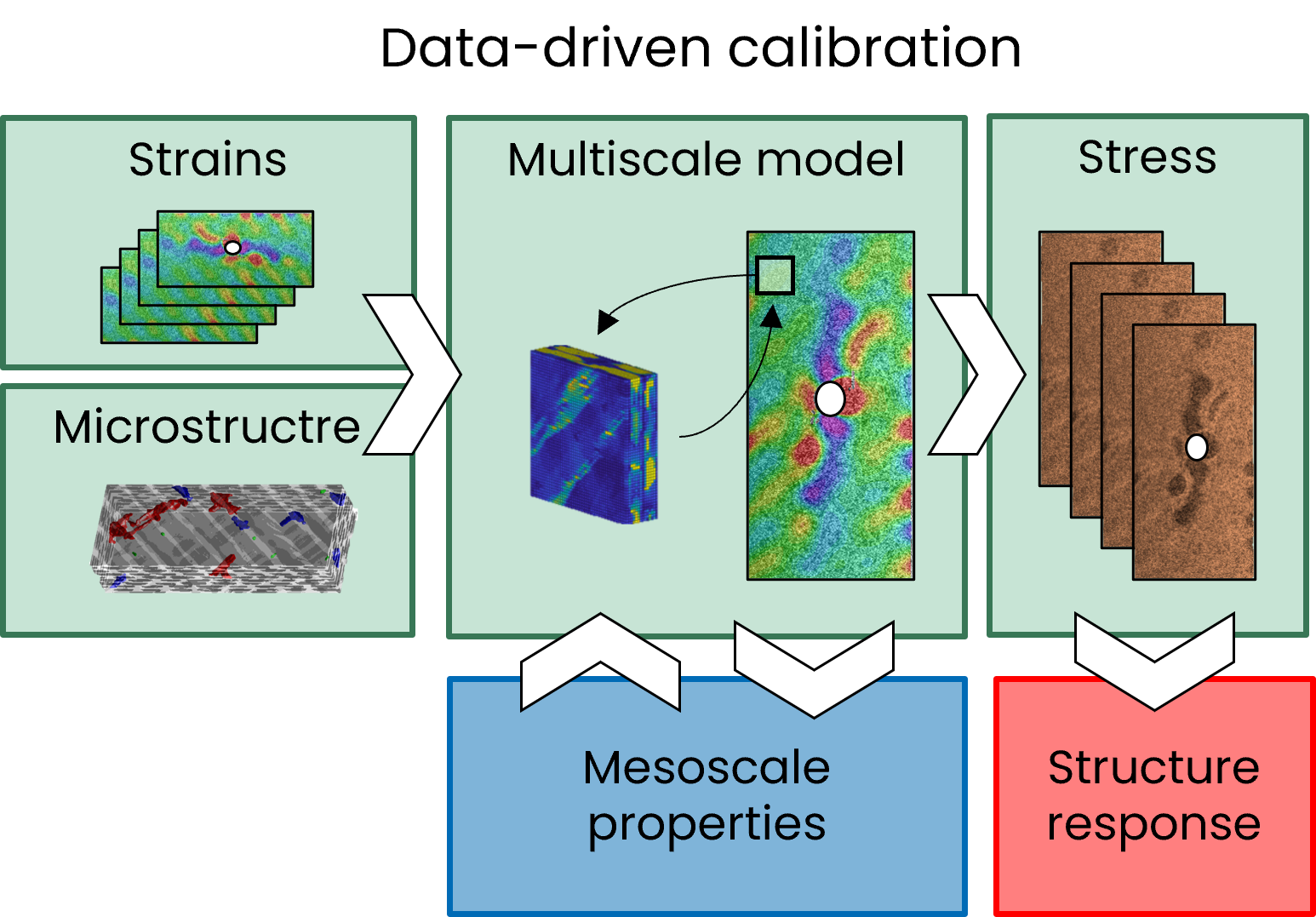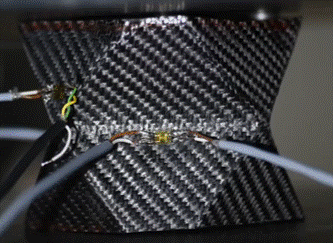Alberto Ciampaglia
Ph.D., Assistant Professor (RTD-A), Politecnico di Torino.

My research focuses on the modeling and monitoring of composite structures with physic-informed data-driven methods.
My objective is to understand the mechanical response of composite materials from high-fidelity experiments across different scales, from micro to meso to macro. Covering all the aspects from the laboratory to the FEM model, I develop methodologies to transfrom data into knowledge to foster the spread of composite materials. The result of this research will be a data-driven framework for the characterization of composite materials from limited high fidelity experiments guided by the estimated uncertainty.
News
| Dec 15, 2023 | Special Issue on Applied Science |
|---|---|
| Oct 22, 2015 | New material has been added. |
Selected publications
-
 Data driven method for predicting the effect of process parameters on the fatigue response of additive manufactured AlSi10Mg parts2023
Data driven method for predicting the effect of process parameters on the fatigue response of additive manufactured AlSi10Mg parts2023 -
Data driven statistical method for the multiscale characterization and modelling of fiber reinforced composites2023
-
Impact response of an origami-shaped composite crash box: Experimental analysis and numerical optimization2021



